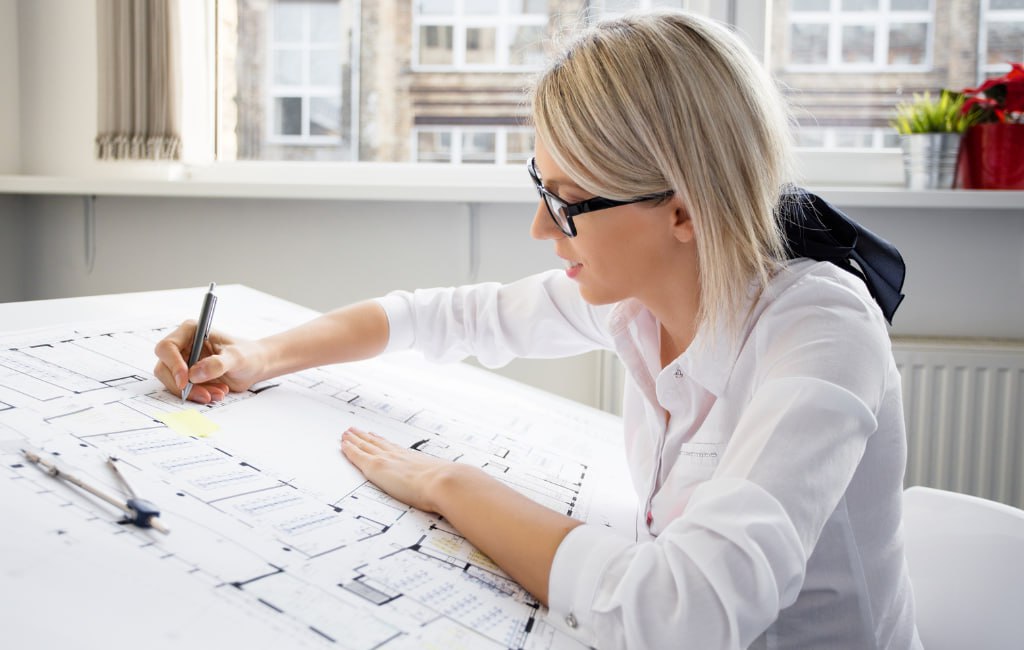Architect: Elevating Residential Design
Residential design has evolved significantly over the years, with architects playing a pivotal role in shaping the way we live. From innovative layouts to sustainable materials, architects are redefining the concept of home. This article explores how architects are elevating residential design, providing valuable insights and examples to illustrate their impact.
The Role of Architects in Residential Design
Architects are not just designers; they are visionaries who bring a unique perspective to residential projects. Their expertise goes beyond aesthetics, encompassing functionality, sustainability, and the overall living experience. By collaborating with clients, architects create spaces that reflect individual lifestyles and preferences.
Creating Functional Spaces
One of the primary goals of residential design is to create functional spaces that cater to the needs of the occupants. Architects achieve this by:
- Optimizing floor plans to maximize space utilization
- Incorporating flexible layouts that adapt to changing needs
- Designing storage solutions that blend seamlessly with the decor
Embracing Sustainability
Sustainability is a key consideration in modern residential design. Architects are at the forefront of this movement, integrating eco-friendly practices and materials into their projects. Some strategies include:
- Using renewable materials like bamboo and reclaimed wood
- Incorporating energy-efficient systems such as solar panels and geothermal heating
- Designing homes that maximize natural light and ventilation
Innovative Design Trends
Architects are constantly pushing the boundaries of residential design, introducing innovative trends that enhance the living experience. Some of the most notable trends include:
Open-Concept Living
Open-concept living has become increasingly popular, with architects designing spaces that flow seamlessly from one area to another. This approach creates a sense of spaciousness and encourages social interaction. Key features of open-concept living include:
- Eliminating walls between the kitchen, dining, and living areas
- Using large windows and glass doors to connect indoor and outdoor spaces
- Incorporating multifunctional furniture to enhance flexibility
Smart Homes
The integration of technology into residential design has given rise to smart homes. Architects are designing homes that incorporate advanced systems for convenience, security, and energy efficiency. Examples of smart home features include:
- Automated lighting and climate control systems
- Voice-activated assistants and smart appliances
- Home security systems with remote monitoring capabilities
Case Studies: Exemplary Residential Designs
To illustrate the impact of architects on residential design, let’s explore a few case studies that highlight innovative and sustainable practices.
Case Study 1: The Tree House by Malan Vorster
The Tree House, designed by Malan Vorster, is a stunning example of how architects can blend modern design with natural surroundings. Located in Cape Town, South Africa, this home features:
- A unique cylindrical structure that mimics the surrounding trees
- Large windows that offer panoramic views of the forest
- Sustainable materials like timber and steel
Case Study 2: The Passive House by Karawitz Architecture
The Passive House, designed by Karawitz Architecture, is a model of energy-efficient residential design. Situated in France, this home incorporates:
- Thick insulation and airtight construction to minimize energy loss
- Triple-glazed windows that provide excellent thermal performance
- A heat recovery ventilation system that maintains indoor air quality
The Future of Residential Design
The future of residential design looks promising, with architects continuing to innovate and adapt to changing needs and technologies. Some emerging trends to watch include:
Biophilic Design
Biophilic design focuses on creating a connection between residents and nature. Architects are incorporating natural elements into their designs to promote well-being and reduce stress. Features of biophilic design include:
- Green walls and indoor gardens
- Natural materials like stone and wood
- Water features that create a calming ambiance
Modular Construction
Modular construction is gaining traction as a cost-effective and efficient method of building homes. Architects are designing modular homes that can be assembled quickly and customized to meet individual needs. Benefits of modular construction include:
- Reduced construction time and costs
- Improved quality control through factory production
- Flexibility in design and layout
Conclusion
Architects play a transformative role in residential design, creating homes that are functional, sustainable, and aesthetically pleasing. By embracing innovative trends and technologies, they continue to push the boundaries of what is possible in residential architecture. As we look to the future, the collaboration between architects and homeowners will be key to shaping living spaces that enhance our quality of life.
